Ethiopia's Tigray conflict erupted in November 2020 and later spread to neighboring regions. Yet, covering the war is a huge challenge, with press freedom severely constrained and journalists facing intense pressure.
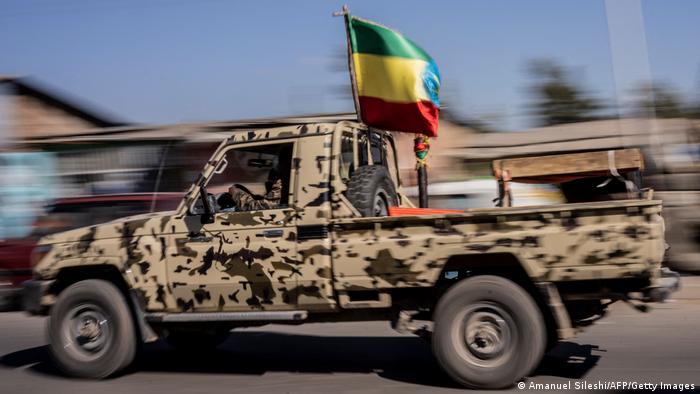
A media blackout in Tigray has made it difficult to verify news coming out of there
Since the beginning of this year, Ethiopia's National Defense Forces allegedly carried out airstrikes that killed at least 108 civilians in Tigray. As medical and food supplies run dangerously low, the World Food Program (WFP) has warned of a "humanitarian disaster." About 50,000 children are believed to be severely malnourished, though the figure could be much higher.
But despite the scale of the crisis, comprehensive reporting on the conflict has been made nearly impossible. No journalist has set foot in Tigray for more than six months.
Verifying facts and collecting testimonies from residents on the ground is further prevented by an all-out communications blackout. Instead, information trickles out of Tigray through aid agencies and the scarce satellite communication points in the regional capital Mekele.
Since the declaration of a country-wide state of emergency on November 2, 2021, a climate of media repression has further deepened the information vacuum.
"We have a situation where there is no due process, no fair trial," said Angela Quintal, head of the Africa Program at the Committee to Protect Journalists (CPJ).
"Journalists are detained arbitrarily and aren't appearing in court, so this has a chilling effect on the broader media community," Quintal told DW, adding that two journalists had been killed in the past year. "That is the ultimate form of censorship."
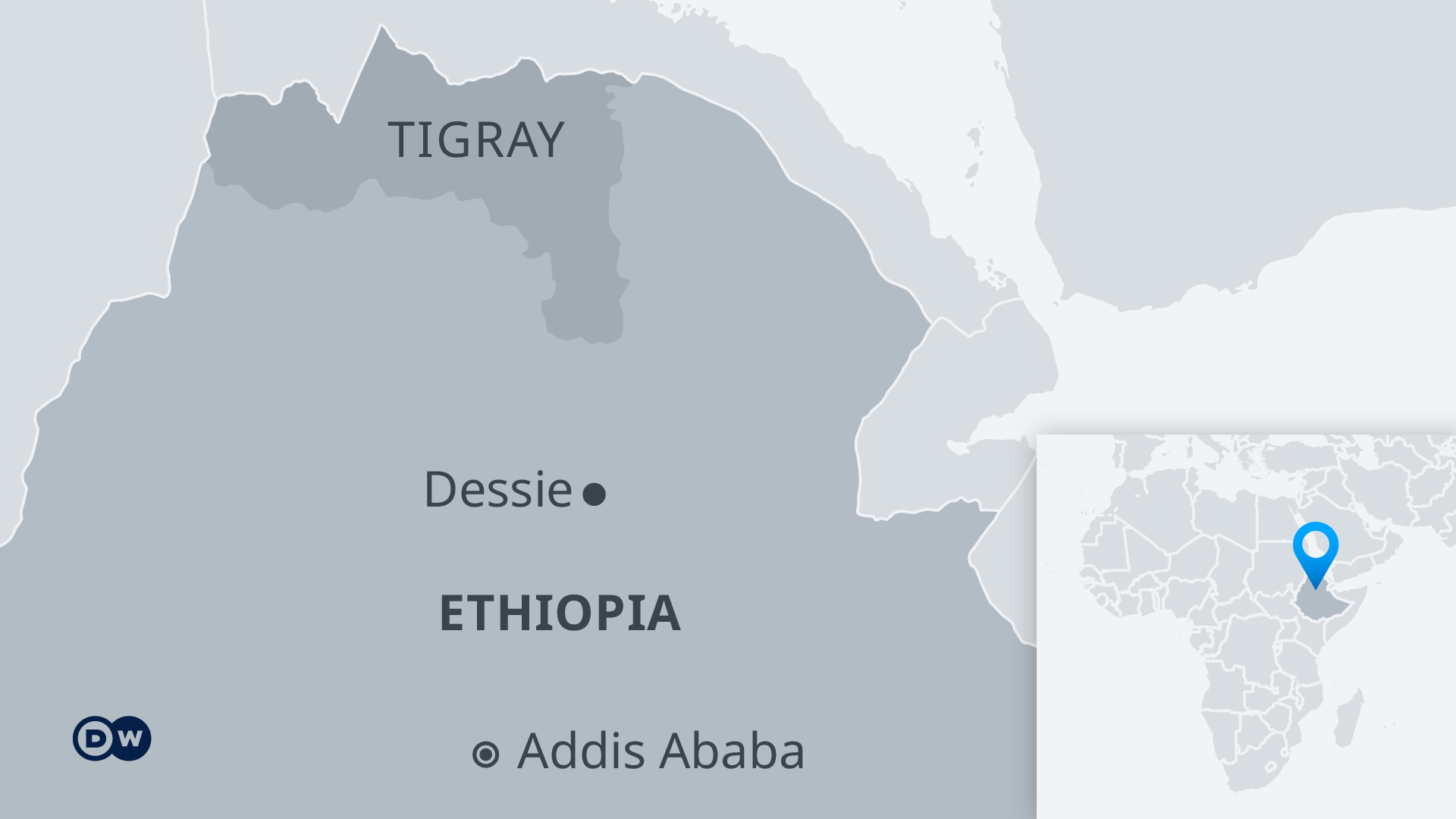
Unidentified gunmen murdered Dawit Kebede in Mekelle on January 19, 2021. He was a reporter for Tigray TV, the state-owned broadcaster. In 2010, Kebede won the CPJ International Press Freedom Award.
According to the AFP news agency and Addis Standard news website, security officers were responsible for the murder. Kebede's case is still under investigation. He was only 41 years old when he was gunned down.
Another journalist, Sisay Fida, who worked for the Oromia Broadcasting Network, was killed in Dembi Dollo on May 9, 2021. The CPJ believes he was targeted because of his journalism.
The climate of repression, especially against Ethiopian journalists, has led to widespread fear and sometimes self-censorship. "I've had meetings with media authority officials. They were saying it's your country. You have to defend the national interest", a journalist based in Addis Ababa who wished to remain anonymous told DW. He complained about harassment on social media, saying it is the worst form of pressure: "I receive threats almost daily. They DM you on Twitter or send you a message on Facebook, sending death threats."
Jailed journalists
In early 2022, the CPJ recorded at least 14 journalists behind bars. The government recently released six of them, but the country remains "the second-worst jailer of journalists in sub–Saharan Africa," according to Angela Quintal.
Ethiopia has a long history of media repression, notably under the Tigray People's Liberation Front (TPLF). But some journalists say the current situation is even worse.
"Back in the day, we feared the government might arrest you. But now the whole atmosphere has changed. You fear not only the government. You fear the mobs, the youth. It affects your personal life", explained the journalist in Addis Ababa.
Foreign reporters, too, have faced intimidation and even deportation. Some have had their license suspended temporarily or permanently.
The government of Prime Minister Abiy Ahmed forced Simon Marks, a freelance reporter working for the New York Times to leave the country. "There was a strongly held but misplaced belief that there was an agenda against the government," Marks told DW.
He was brought directly to the airport after being summoned to the immigration office in early May 2021. "I asked if I could stay an extra night to pack and pick up my belongings, my passport. That was denied," he recalled.

Ethiopia's National Defense Forces have stepped up airstrikes in Tigray
Fleeing into exile
Scared for their safety, dozens of Ethiopian journalists have decided to go into exile. Some face the double-jeopardy of being targeted as media practitioners and ethnic Tigrayans.
Recent months have seen a massive crackdown on Tigrayan residents, especially in the capital Addis Ababa. Thousands have reportedly been forcefully detained without a trial — a procedure rendered possible by the state of emergency stipulations.
"For me, (the situation) becomes more acute because of the persecution my ethnicity is facing," a journalist who fled to a neighboring country told DW.
"(Currently), the government is not even using the law. It's like a mafia state. It can just take your freedom, your property, your everything", he added.
Propaganda from all sides
The trend of journalists leaving the country has widened the information gap. "Domestically, what we have now is either state media propaganda or sycophants from the private media," lamented the journalist who had fled. "It has made it impossible not only to cover the Tigray conflict but also the expanding conflict in Oromia".
Independent reporting is a daily struggle of risk-taking, bureaucracy, and accusations for those journalists who stayed. Many are labeled biased, even though obtaining official government reactions to news events is a daily challenge.
As post-conflict territories become more accessible, especially in Amhara, some feel they can cover only those areas when and where the government is willing to allow them.
Others vow to continue working to their best. "You know what you are doing and that what you are reporting on is more important," said the anonymous journalist in Addis Ababa. "So you face the risk, and you do your job."
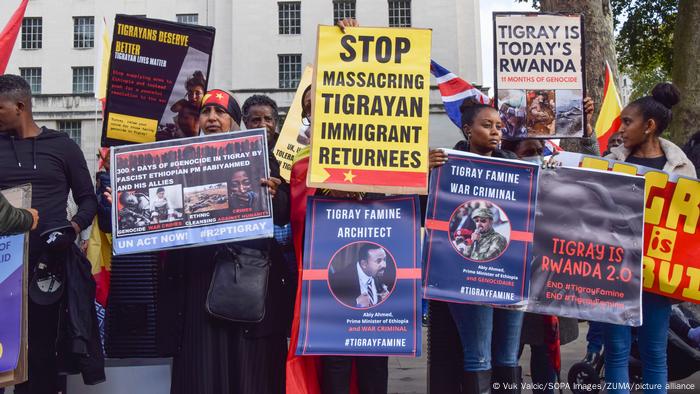
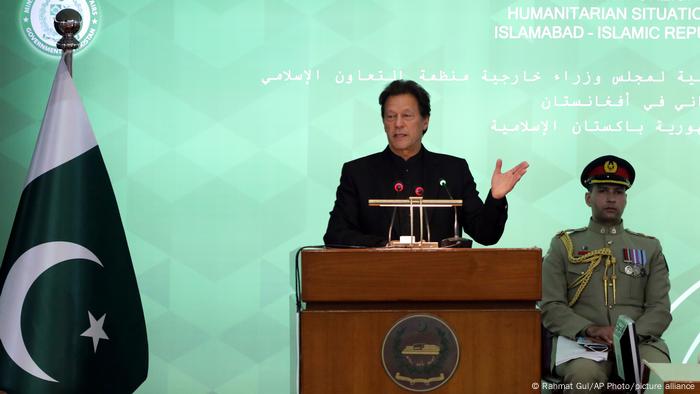
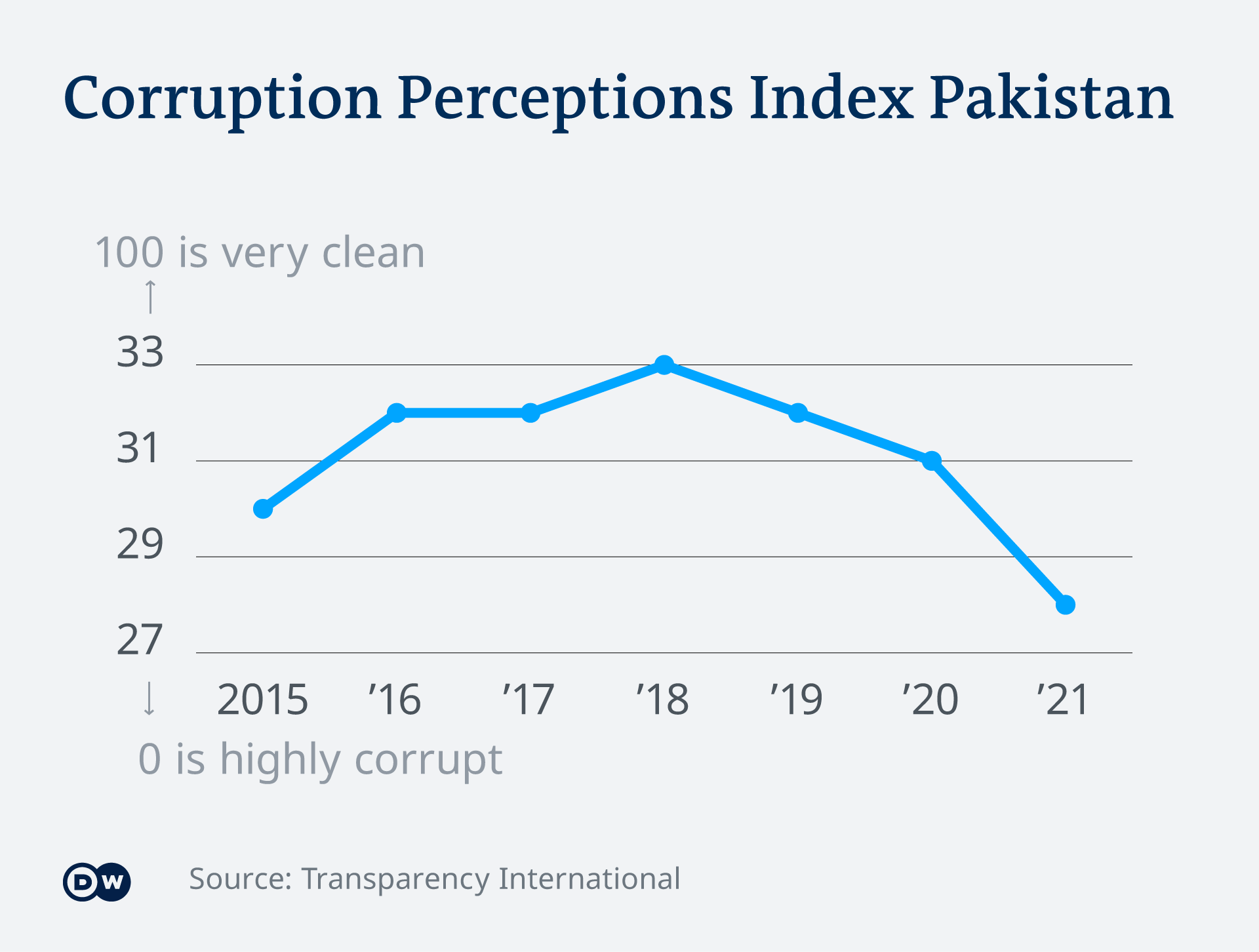
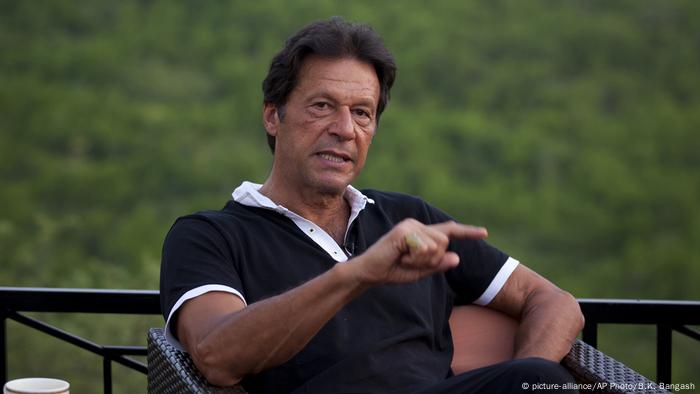
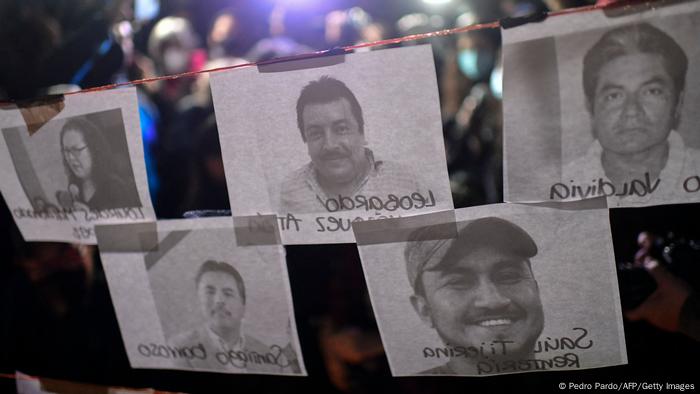
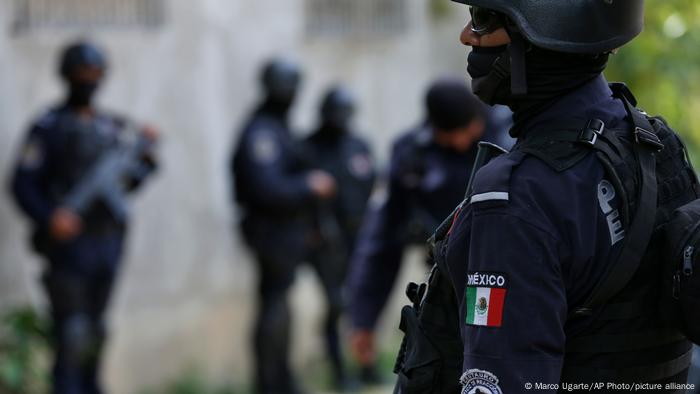
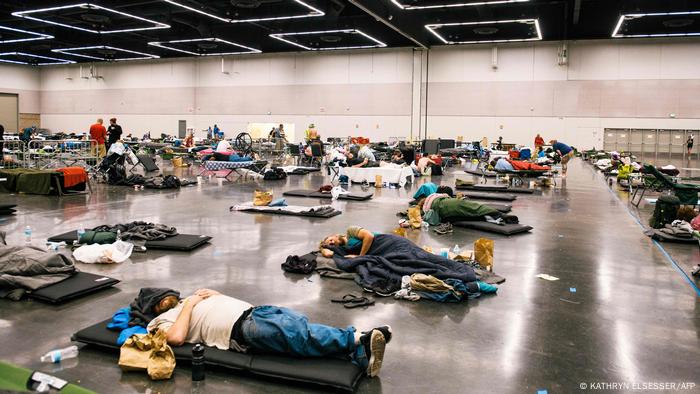
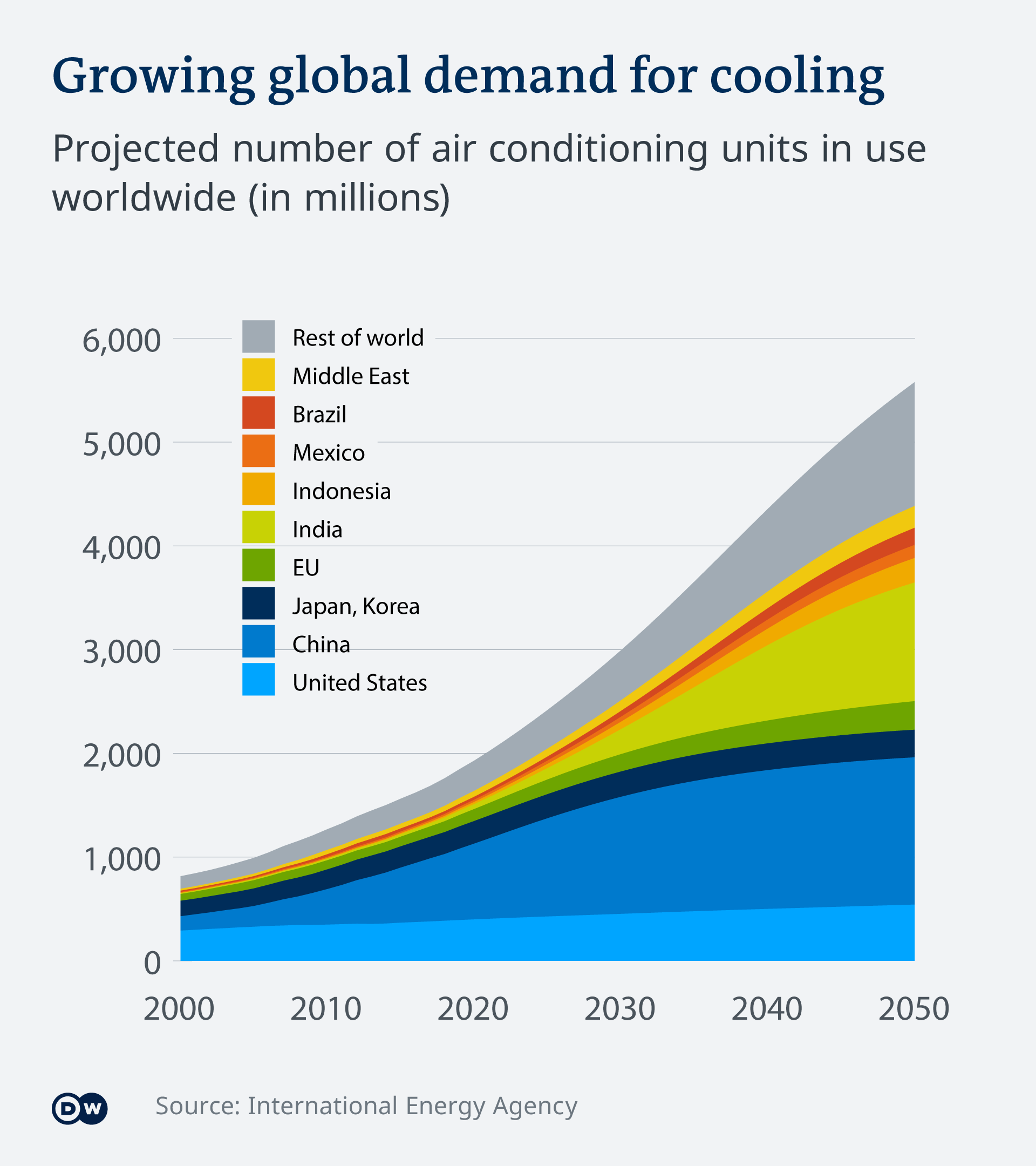
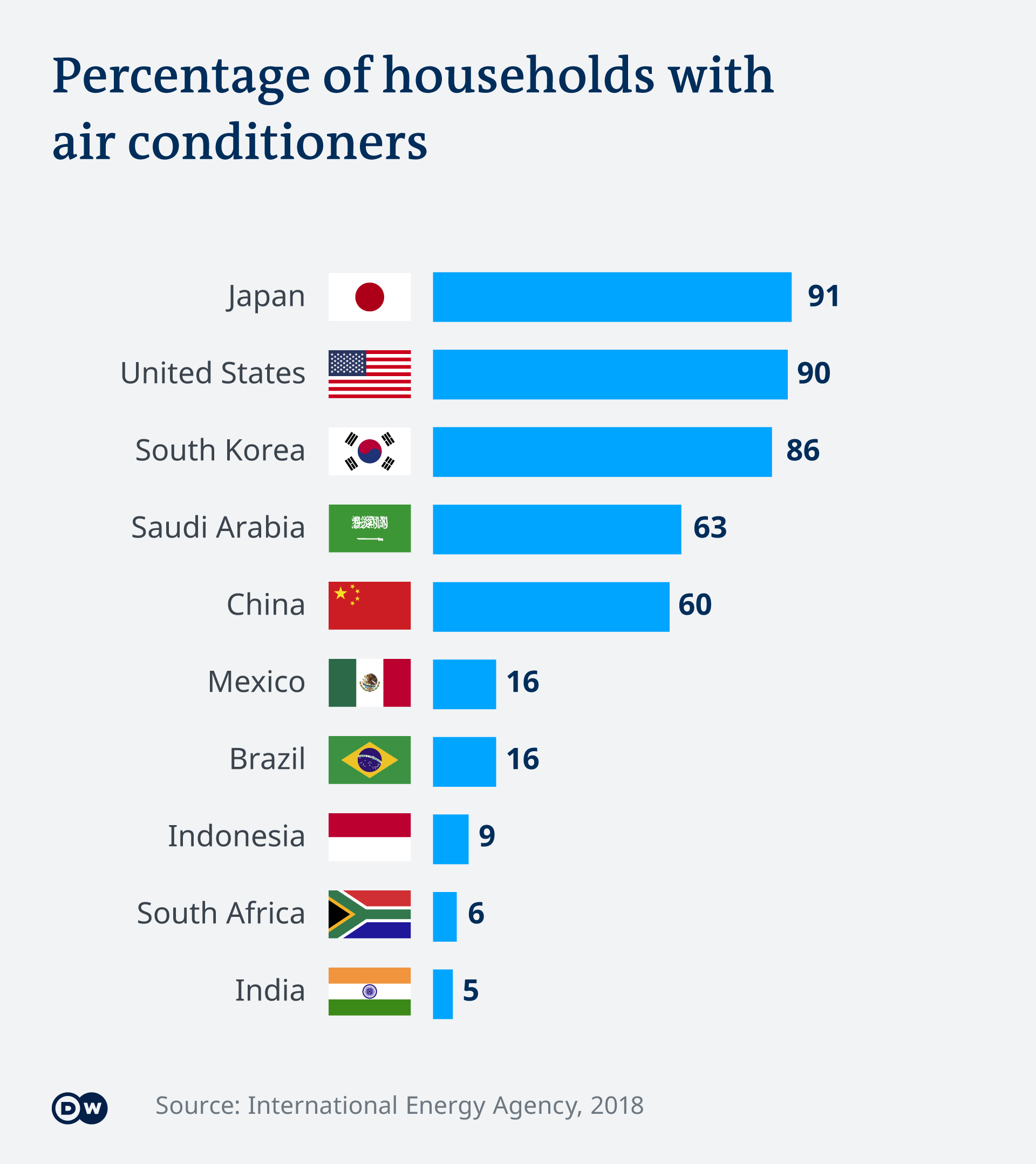
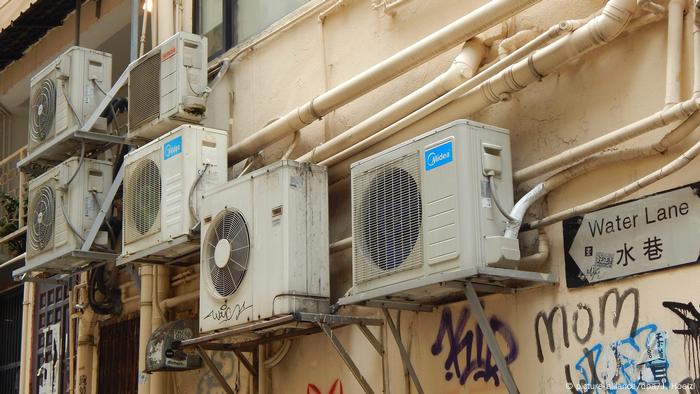
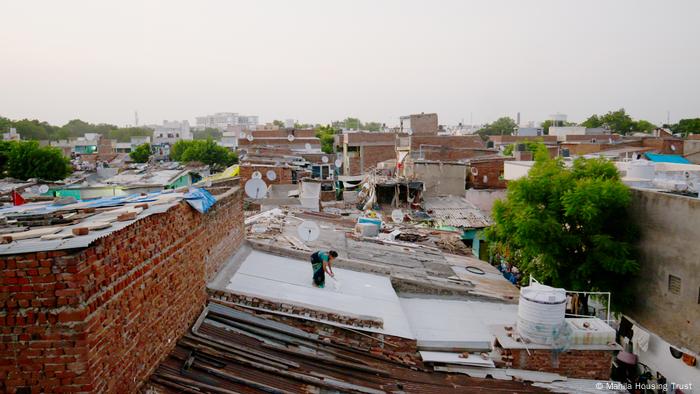
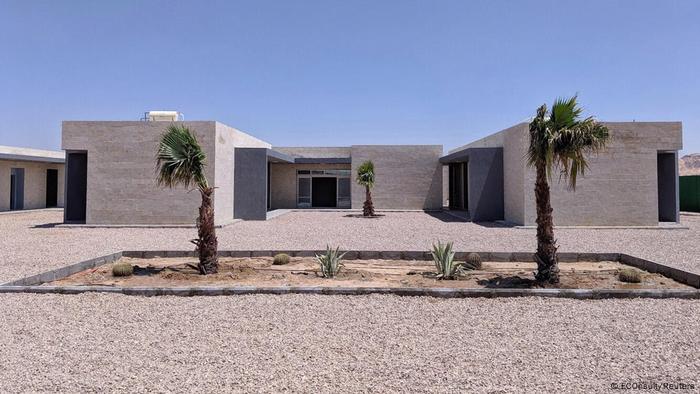
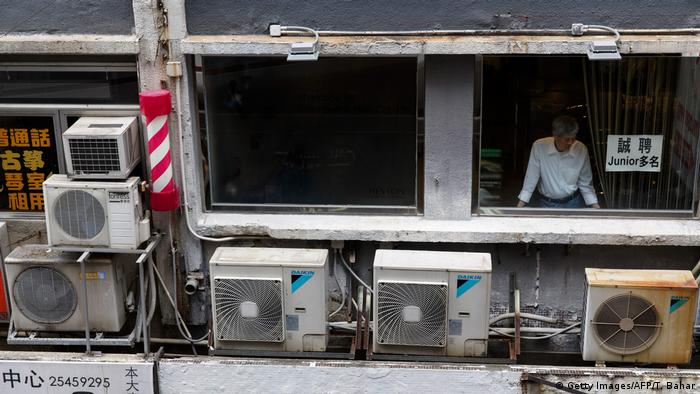
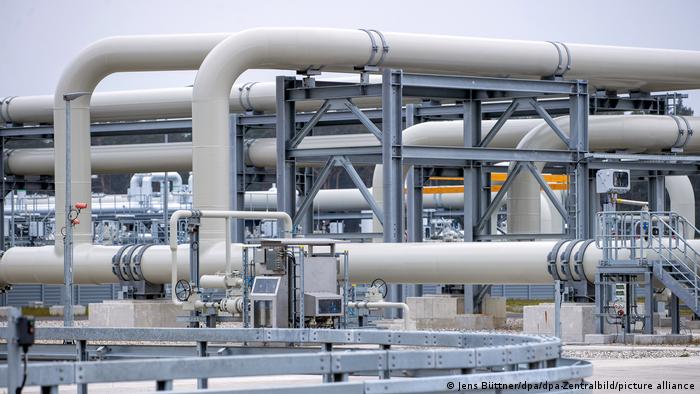
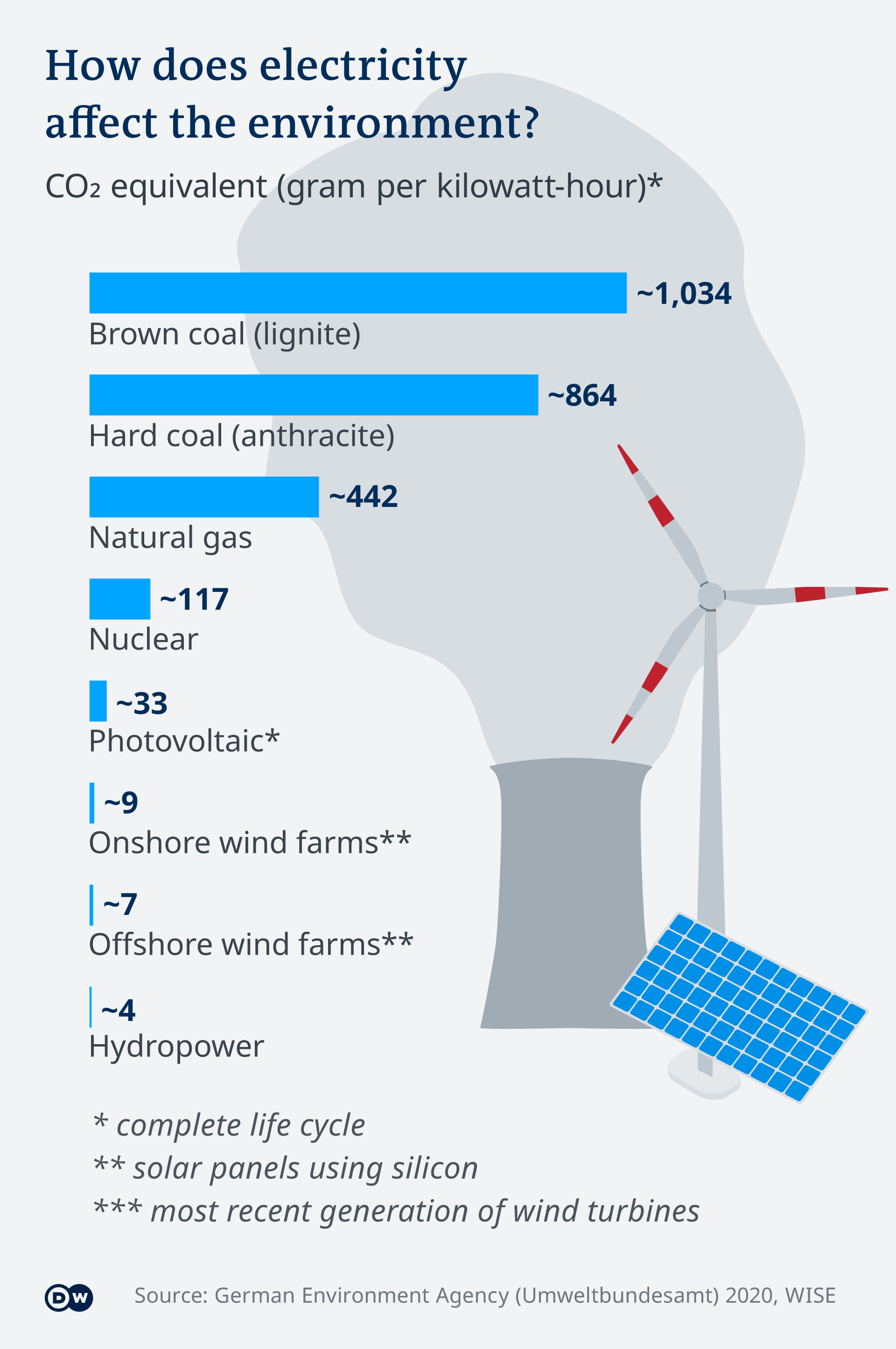

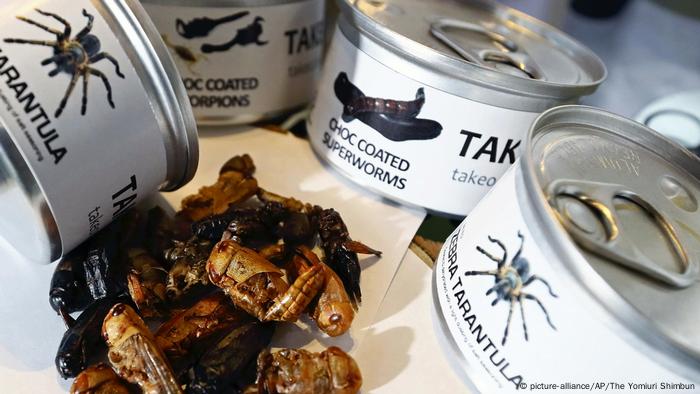
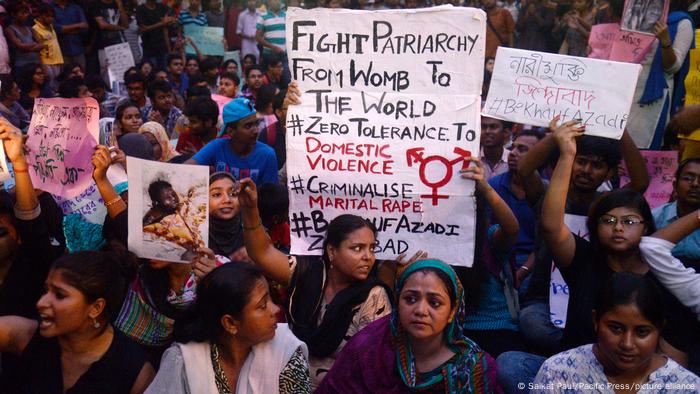
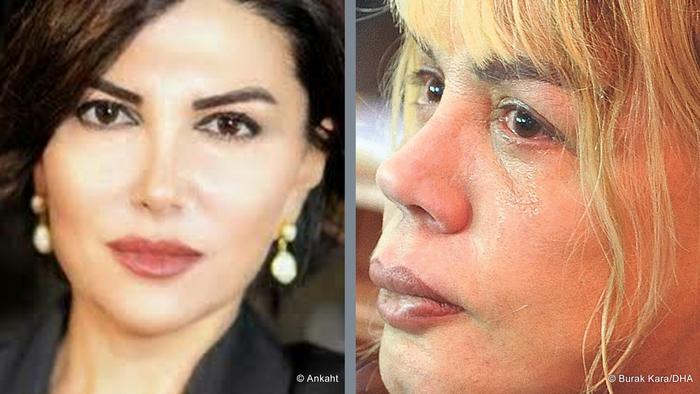
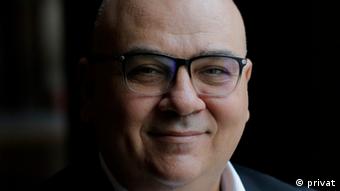


 © Alexandr BOGDANOV Nurlan Zhagiparov says he found his brother Yerlan's corpse in a city morgue on January 12, bruised and pierced with bullets, his hands poking through handcuffs and broken at the wrists
© Alexandr BOGDANOV Nurlan Zhagiparov says he found his brother Yerlan's corpse in a city morgue on January 12, bruised and pierced with bullets, his hands poking through handcuffs and broken at the wrists
